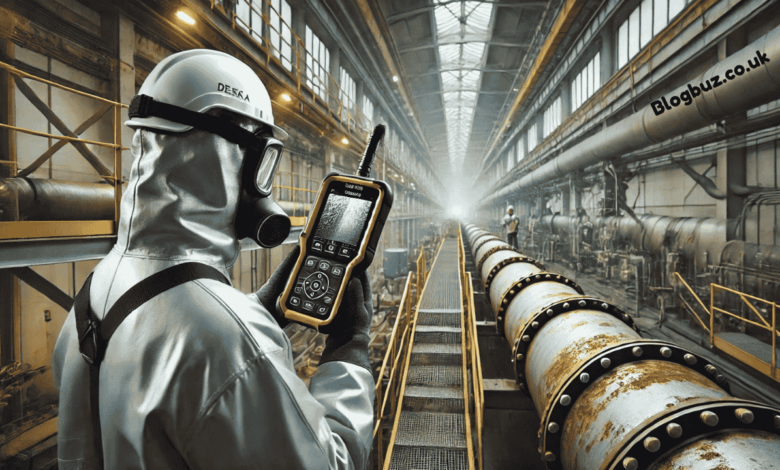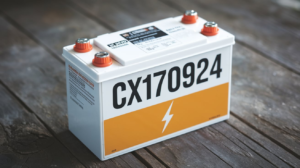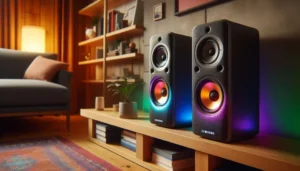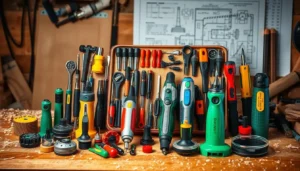VT1000 pitting images are pictures captured using the VT1000 machine, a high-tech tool used to examine surfaces for corrosion damage, specifically “pitting.” Pitting refers to tiny holes or pits that form on metal surfaces, usually caused by corrosion or wear and tear. These pits might look small, but they can cause big problems if left untreated.
Imagine you have a metal object, like a pipe or a tool, and over time, small spots of damage start to appear. These spots might not seem like much at first, but they can grow and make the metal weak. The VT1000 machine helps find these spots, allowing experts to fix the problem before it gets worse. By taking clear, high-quality images, the machine makes it easier to see even the smallest pits.
Why Are VT1000 Pitting Images Important?
VT1000 pitting images are important because they help prevent serious damage to metal objects. Metals are used in all kinds of things, from cars to airplanes, and even in factories. If metal parts start to break down because of pitting, it can lead to accidents or costly repairs. That’s why it’s crucial to spot these pits early.
The VT1000 machine captures detailed images, which experts can study to determine the extent of the damage. The clearer the image, the easier it is to understand how serious the pitting is. Without these images, it would be difficult to know whether a piece of metal is safe to use or needs to be replaced.
How Do VT1000 Pitting Images Work?
The VT1000 machine works by scanning the surface of a metal object and taking high-resolution pictures. These images show every little detail of the surface, including any pits that may have formed. When you look at a VT1000 pitting image, you can see the small dents or holes where the corrosion has occurred.
It’s like using a magnifying glass to look closely at something tiny. The VT1000 machine makes it possible to see things that the naked eye might miss. Once the image is taken, experts analyze it to see how deep or wide the pits are, and whether they pose a threat to the metal’s strength.
Common Causes of Pitting in Metals
Pitting in metals usually happens because of corrosion, which is a process where metals slowly break down due to exposure to things like water, chemicals, or even air. Here are some common causes of pitting:
- Exposure to Saltwater: Metal objects that are in contact with saltwater are more likely to experience pitting. This is why boats and ships often have metal parts that need to be inspected regularly.
- Chemical Reactions: Certain chemicals can speed up the process of corrosion, especially when they react with the metal. Factories that use harsh chemicals need to be extra careful to inspect their equipment for pitting.
- Poor Maintenance: If a metal object isn’t taken care of properly, like being left in the rain or not cleaned, pitting can happen faster.
The VT1000 machine can help spot this damage, even in early stages, allowing people to take action before the pits become a serious problem.
How To Interpret VT1000 Pitting Images
Reading VT1000 pitting images might sound tricky, but it’s actually straightforward once you know what to look for. These images show the surface of the metal, and the pits will appear as tiny dark spots or holes. Here are some tips for understanding VT1000 pitting images:
- Look for the Dark Spots: Pitting often shows up as dark areas on the metal surface. These spots can be tiny, but if they’re deep enough, they can cause the metal to weaken.
- Check the Size of the Pits: Larger pits are more dangerous because they can cause the metal to break down faster. Small pits may not seem like a big deal, but they can grow over time.
- Compare Different Areas: VT1000 pitting images are usually taken from different parts of the metal object. By comparing images, experts can see whether the pitting is widespread or just in one spot.
How VT1000 Pitting Images Help in Repairs
Once pitting is detected, the next step is to decide what to do about it. The images taken by the VT1000 machine allow engineers and technicians to see where the damage is and how severe it might be. Here’s how VT1000 pitting images help in the repair process:
- Preventing Further Damage: Early detection of pitting means that repairs can be made before the damage spreads. This helps keep metal parts in good condition and avoids costly replacements.
- Guiding Repairs: VT1000 pitting images show exactly where the pits are, so workers know which areas need to be fixed. This saves time and ensures that the repair work is done right.
- Monitoring Metal Health: Regularly taking VT1000 pitting images can help keep track of a metal object’s condition over time. This way, small problems can be spotted and dealt with early, before they turn into bigger issues.
Where Is VT1000 Used?
The VT1000 machine and the pitting images it creates are used in many industries. Some common places where you might find VT1000 technology include:
- Factories: Metal machines and tools in factories are regularly inspected to prevent breakdowns due to pitting.
- Oil and Gas Industry: Pipes that carry oil or gas are often exposed to corrosive environments, making them prone to pitting. VT1000 helps spot these issues early.
- Marine Industry: Boats, ships, and other marine equipment are often in contact with saltwater, which can lead to pitting. VT1000 technology is essential for keeping these vessels safe and operational.
- Aerospace Industry: Airplanes and spacecraft have metal parts that must remain in excellent condition. VT1000 pitting images help ensure these parts are safe to use.
The Future of VT1000 Pitting Images
As technology continues to advance, machines like the VT1000 will become even better at capturing detailed images of pitting and other surface damage. With better tools, experts will be able to detect even the smallest problems early on, helping to keep metal objects safe and in good working order.
There is also ongoing research into finding better ways to prevent pitting from happening in the first place. While corrosion is a natural process, there are new materials and coatings being developed that can help protect metal objects from damage. Until then, the VT1000 machine will remain an important tool in keeping metal parts in good condition.






